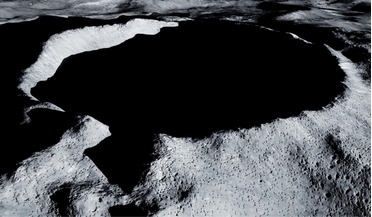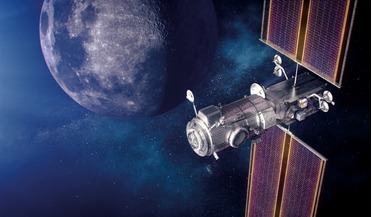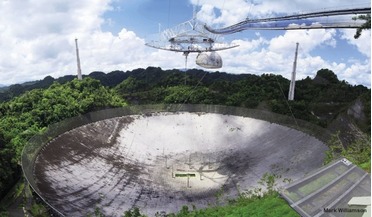 February 2020
Debunking the myths on space patents
February 2020
Debunking the myths on space patents
... refreshing to say the least: from reusable rockets to suborbital planes, and even convertible cars orbiting the sun near Mars. However, for some companies with business models based on radical technology, the situation has...
 May 2020
Protecting areas of scientific importance on the Moon
May 2020
Protecting areas of scientific importance on the Moon
... valuable isotope of helium that could be used in future fusion reactors. As the PSRs are shaded from the Sun, the surface material or ‘regolith’ is expected to contain less helium-3 than more exposed regions, which further diminishes...
 October 2020
Is NASA’s Artemis Accords agreement Moon-proof?
October 2020
Is NASA’s Artemis Accords agreement Moon-proof?
... come up with, Artemis stands for ‘Acceleration, Reconnection, Turbulence, and Electrodynamics of the Moon’s Interaction with the Sun’. NASA’s objective is to herald in a new era for space exploration and utilisation and, while it is leading the...
 July 2021
Arecibo - an astounding legacy
July 2021
Arecibo - an astounding legacy
... period of the Crab pulsar, a rotating neutron star. Before Arecibo, Mercury was thought to be tidally locked to the Sun, with orbital and rotational periods of 88 days. However, in 1965, Arecibo radar observations showed that this was...
 June 2022
Space activities and space debris - finding an ethical balance
June 2022
Space activities and space debris - finding an ethical balance
... thousands of years, humans have gazed in wonder at the immensity of the sky above, documenting the movements of the Sun, Moon, stars and planets, incredulous at the magnificence of it all. Starry nights have inspired the greatest thinkers...
 October 2023
Remote sensing by satellite - People’s Republic of China
October 2023
Remote sensing by satellite - People’s Republic of China
.... MILITARY REMOTE SENSING SATELLITES Yunhai meteorological satellite (YH) Yunhai 1 is a meteorological satellite series [2016, 2019] in sun-synchronous orbits (SSO), according to state media used for “detecting the atmospheric and marine environment...